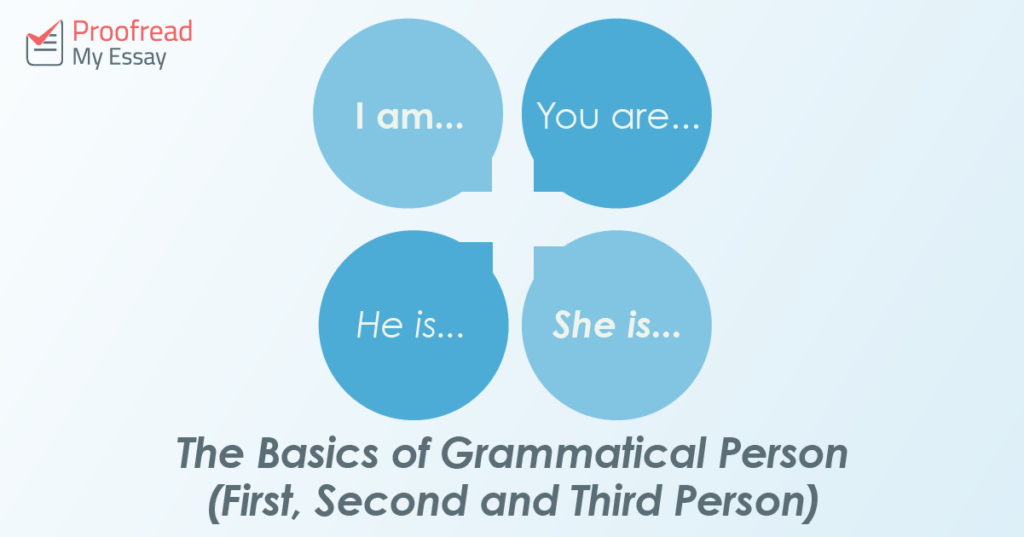As proofreaders, we could describe ourselves as ‘grammatical people’. We don’t, though, because ‘grammatical person’ is already a thing and we don’t want to cause confusion. What do we mean by this, though? And how do you avoid errors linked to grammatical person in your writing?
In this post, we run through what you need to know.
What Is Grammatical Person?
If you ask a linguist, they will probably say something like ‘grammatical person is the distinction between deictic references to participants in an event’. This is entirely correct, but also entirely unhelpful for anyone who isn’t already a professional linguist (i.e. most people).
Linguists are boring, too. Not like proofreaders. We’re cool.
(Photo: Karahgo/Pixabay)
Anyway, in basic terms, it helps to think of grammatical person as like a ‘point of view’ in writing. Different persons indicate different things, such as who is speaking or who is being addressed. This is why each grammatical person is associated with a specific set of pronouns.
We will now look at each of the three grammatical persons in English.
The First Person
First-person writing conveys the point of view of the author or narrator. First-person pronouns therefore include terms like ‘I’, ‘we’, ‘me’ and ‘us’. For example, we might use the first person like this:
I have strong opinions about my friends’ grammar on social media.
Here, the terms ‘I’ and ‘my’ show that the writer is talking about his or her own opinions and friends. Something is in the first person, then, when it is presented as if the author is speaking for themselves.
Typically, the first person is used when writing about subjective experiences or expressing an opinion. This can range from a reflective essay in class to creating a narrative voice in a work of fiction.
Find this useful?
Subscribe to our newsletter and get writing tips from our editors straight to your inbox.
The Second Person
The second person is addressed to a reader, listener or audience. Second-person pronouns include ‘you’ and ‘your’ (and can be either singular or plural). An example of the second person would be:
When you write an essay, make sure your grammar is correct.
The pronouns here, for instance, show that the writer is referring to the reader’s essay and grammar (not his or her own).
The second person is arguably less common than the other grammatical persons, but it is vital when you want to address someone directly.
The Third Person
The third person is used to describe a person or thing other than the author or reader. It is associated with pronouns such as ‘it’, ‘they’, ‘he’ and ‘she’. For example, we might say:
David wanted to be cool, so he became a proofreader.
Here, the sentence does not address the reader directly, nor does the author refer to themselves. Instead, it describes the situation as if from the point of view of an observer. This is what we mean by ‘third person’.
Most writing is in the third person, as it allows us to be objective. This sense of objectivity is why the third person is common in academic writing, where the first person is sometimes considered too subjective and the second person is too informal. This is not a universal rule (e.g. the first person does have a place in academic writing). But it is a good guideline to work with.
